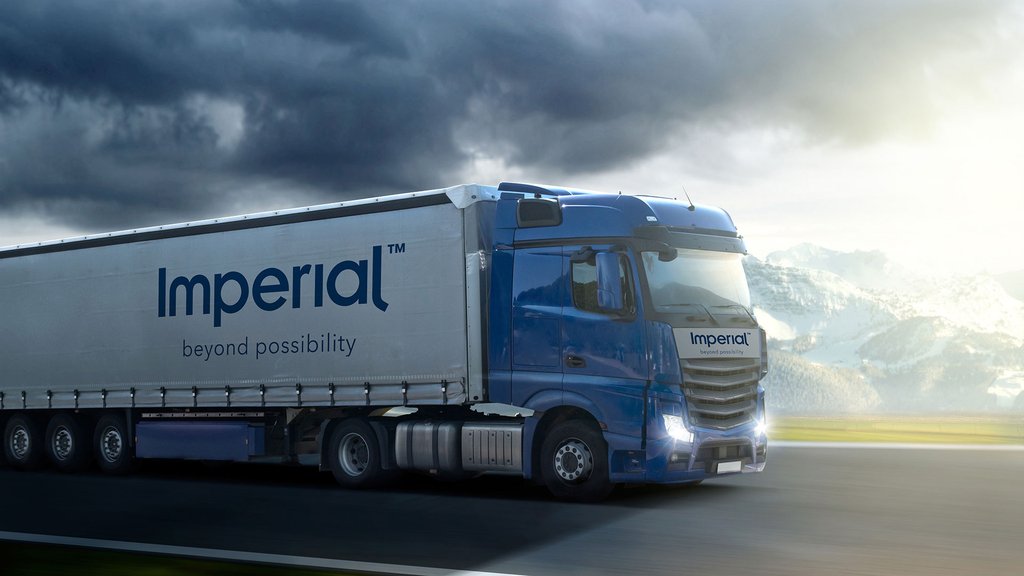Brownfield or Greenfield: Haven't made a decision yet?
When migrating to SAP S/4HANA, the choice between the brownfield and greenfield approaches is a key decision. Which approach is best for your company?
Eine fundierte preliminary study provides a detailed analysis of your existing system landscape, processes, and business requirements, helping you make the right decision. We simulate migration scenarios, identify potential opportunities, and assess risks. Our experts will advise you and lay the foundation for a successful SAP S/4HANA transformation with the right strategy.












